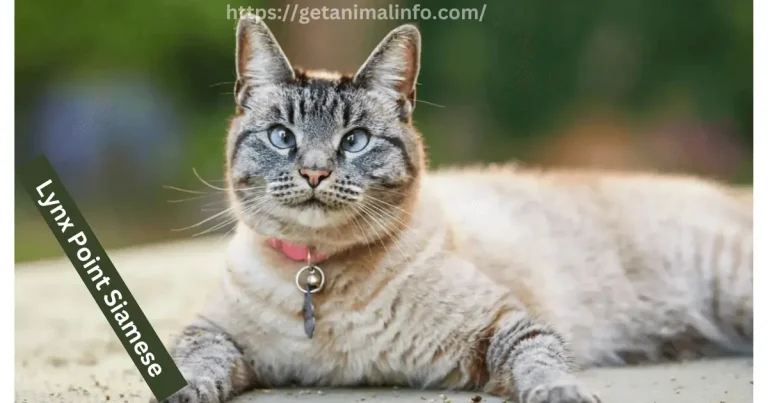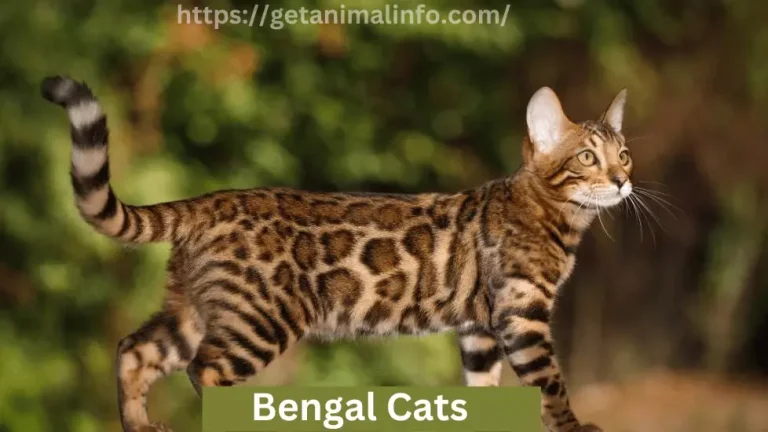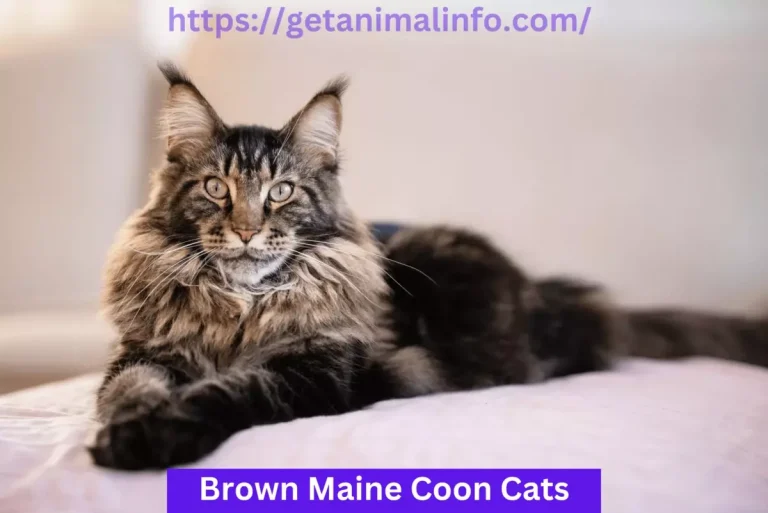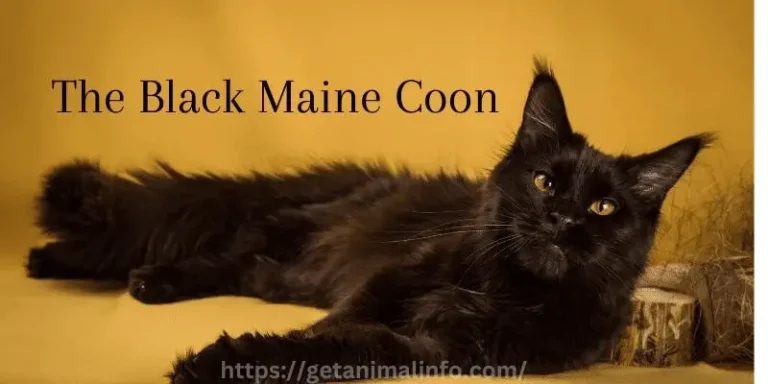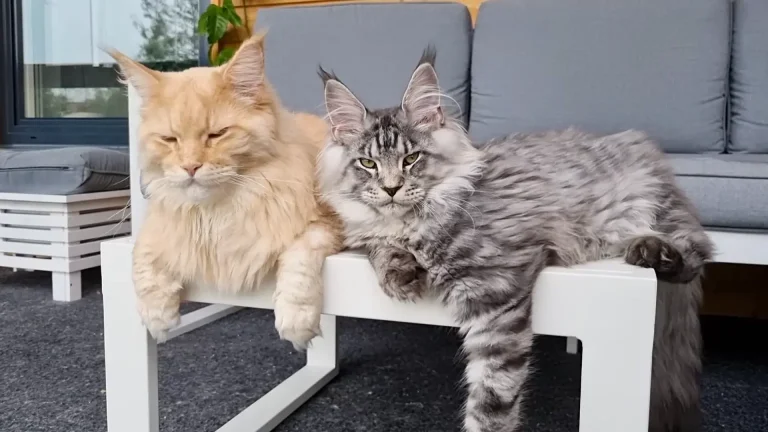Exploring the British Shorthair Breed
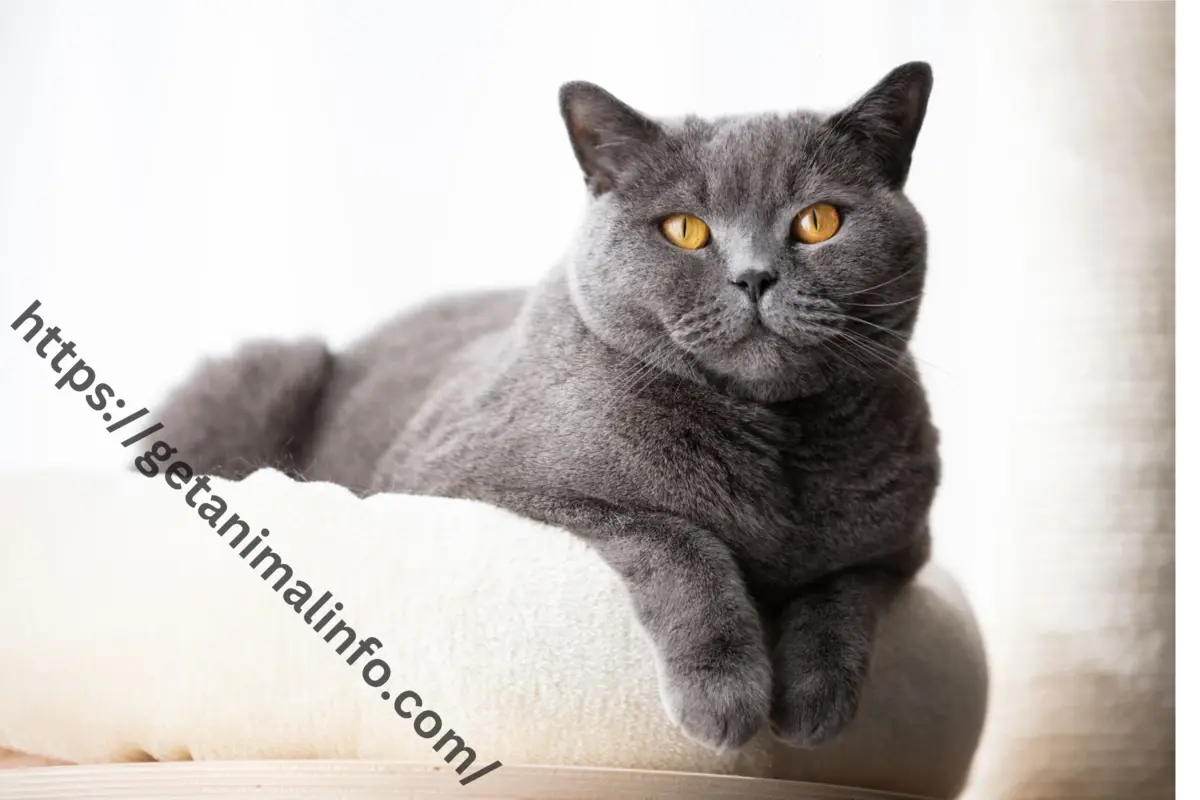
The British Shorthair cat is a real treasure in the world of cats! It’s famous for its soft fur and friendly ways. This type of cat is usually gray-blue with bright, copper-colored eyes and looks very elegant and strong. It first appeared on the streets of Britain and can be either a tough street cat or a loving pet in a home. People who love cats all over the world really like this breed.
These cats are known for their round faces and thick, beautiful fur. They look very noble, but they’re actually very playful and loving. The story of the British Shorthair is full of toughness and kindness. This makes them perfect friends for those who want a calm and majestic cat.
you can also read:
General Information
| Attribute | Details |
|---|---|
| Origin | England |
| Population | 1 Million Estimated |
| Suitable Temperature | 20°C to 25°C |
| Grooming Requirements | Low |
| 1st Sighting | 2000+ years ago |
| Price Range | $800 to $4500 |
Characteristics Overview
| Attribute | Details |
|---|---|
| Body Size | Medium to large |
| Body Type | Muscular |
| Average Weight | 7-12 Pounds |
| Colors | 75+ |
| Hair Size | Short |
| Life Span | 12-20 Years |
| Temperament | Social, Calm |
Personality Overview
| Attribute | Details |
|---|---|
| Intelligence | High |
| Vocalization | Low |
| Affectionate | High |
| With Kids & Other Pets | Good |
| Hunting Skills | High |
| Climbing Skills | Medium |
| Dependency Level | Medium |
Origin
The British Shorthair cat, a breed with a rich history, has its roots deeply embedded in the first century AD. This journey began when the Roman legions brought their feline companions to the shores of Britain. Over the ensuing centuries, these Roman cats intermingled with local feline populations, gradually falling under the watchful eye of dedicated British breeders.
This meticulous breeding was driven by a desire to cultivate a cat breed that was not only unique in appearance but also in temperament. The result of these centuries of careful selection is the modern British Shorthair, a cat renowned for its plush coat, robust build, and, most notably, its calm and affectionate demeanor. This breed stands out as one of the oldest and most distinguished cat breeds, having been shaped by history and human affection.
Population
Despite their illustrious history and widespread adoration, British shorthairs remain relatively rare, particularly because of the high demand that often outstrips supply. In their homeland, the United Kingdom, they are celebrated as the most beloved cat breed, a status they owe to their irresistible charm, gentle nature, and amiable personality.
This popularity isn’t confined to the UK alone; globally, British shorthairs rank among the top five cat breeds. Their appeal transcends borders, enchanting cat enthusiasts worldwide with their serene disposition and adaptable nature, making them ideal companions for a wide range of households.
Price
When it comes to pricing, the British Shorthair cat presents a spectrum that reflects various factors such as age, coat color, physical attributes, and the level of training they’ve received. The price range for these cats typically falls between $800 and $4,500. Kittens, particularly those from well-established breeders with notable pedigrees, can command prices ranging from $1,000 to $3,500.
The price variation is influenced by the breeder’s reputation, the cat’s lineage, and geographical factors. However, for those seeking a more economical option, adopting a British Shorthair from a shelter can be a rewarding and cost-effective choice. Adoption fees are considerably lower, ranging from $50 to $150, providing an affordable avenue for cat ownership. Moreover, adopting from a shelter embodies the spirit of giving a loving home to a cat in need, reinforcing the ideals of care and compassion.
History of the British Shorthair Cat
The British Shorthair cat boasts a storied history spanning over 2000 years, tracing its lineage back to the Roman invasion of Britain. When the Romans arrived, they brought their domestic cats, which then intermingled with Britain’s native wildcats. This mixing of breeds led to the development of what would become the British Shorthair.
The breed’s ascent to fame was marked by a significant milestone in 1871 when they were showcased at a cat show in London. This event catapulted the British Shorthair to the forefront of the pet world, making it a favorite among cat enthusiasts.
Characterized by their large size, dense coat, and teddy bear-like round faces, British Shorthairs are not only adorable but also low-maintenance, making them particularly appealing to cat owners. Their gentle, affectionate personalities make them an excellent choice for both experienced and first-time cat owners.
The British Shorthair has also left its paw prints in the realm of literature, famously inspiring the character of the Cheshire Cat in Lewis Carroll’s “Alice’s Adventures in Wonderland.”
Physical Characteristics
Appearance:
Eyes:
Other Physical Features
Lifespan:
Average Life Expectancy: They typically live for about 12 to 20 years. However, with proper care and attention, many British Shorthairs can live beyond this average.
Size and Weight
Male Cats:
Weight Range: They generally weigh between 9-17 pounds (4.1-7.7 kg).
Height and Length: Their height ranges from 10-12 inches (25-30 cm), and they can be 18-20 inches (46-51 cm) in length.
Female Cats:
Weight Range: Female British Shorthairs usually weigh between 7 and 12 pounds (3.2 and 5.4 kg).
Height and Length: They stand about 9-11 inches (23-28 cm) tall and are typically 16-18 inches (41-46 cm) in length.
Colors and Pattern
The British Shorthair cat, with its origins in the UK and immense popularity in the USA, showcases a remarkable variety of colors and patterns. Each combination contributes to their unique and adorable appearance. Here’s a detailed look at these varieties:
Solid Colors
Solid color means the fur is uniformly covered in one color. This is a common pattern in British Shorthairs. Examples include:
Tabby Colors
Tabby patterns are characterized by stripes, swirls, and spots. British Shorthairs come in three tabby patterns: spotted, classic, and mackerel. Examples include:
Bi-colors
Bi-color British Shorthairs have white fur combined with another color. Common bi-color combinations include:
Color-point Pattern
Similar to the Siamese, British Shorthairs are available in color-point patterns where the body is lighter than the points (ears, face, paws, and tail). Examples include:
British Shorthairs are also found in:
Personality
Health Issues in British Shorthair Cats
1. Obesity
Explanation: This issue occurs when the cat gains too much weight.
Symptoms:
Treatment:
2. Hypertrophic Cardiomyopathy (HCM)
Explanation: A heart problem where the heart muscles become too thick.
Symptoms:
Treatment: There are medications to treat HCM. It’s important to take your cat to the vet for proper medication and care.
3. Dental Problems
Explanation: Issues like tooth resorption, gingivitis, and periodontitis.
Symptoms:
Treatment:
4. Respiratory Issues
Explanation: Problems like asthma, pneumonia, feline infectious peritonitis, upper respiratory infections, and general breathing difficulties.
Symptoms:
Treatment: Treatment depends on the cause and may include medication, surgery, or changes in the environment.
5. Polycystic Kidney Disease (PKD)
Explanation: A genetic disorder affecting the kidneys.
Symptoms:
Treatment:
Medication to control blood pressure, treat liver cysts, or reduce pain.
Surgery to remove painful or large cysts, or to treat damage to the liver or kidneys.
Care And Maintenance
Caring for a British Shorthair cat is much like caring for a new member of your family. Let’s walk through the steps to ensure these lovely cats are well taken care of:
Research:
Quality Nutrition:
Fresh Water:
Grooming:
Litter Box Maintenance:
Exercise and Play:
Pros of British Shorthair Cats
Cons of British Shorthair Cats
Conclusion
The British Shorthair is a remarkable breed, blending a majestic appearance with a gentle and affectionate nature. Known for their health and easy-going temperament, these cats are ideal for families, fitting well into various lifestyles with their adaptable and sociable behavior. While they do require some attention to diet and exercise to prevent obesity, their overall care is relatively straightforward. Their intelligence and calm attitude make them excellent companions, For those seeking a loyal, low-maintenance, and charming pet, the British Shorthair stands out as a wonderful choice.

